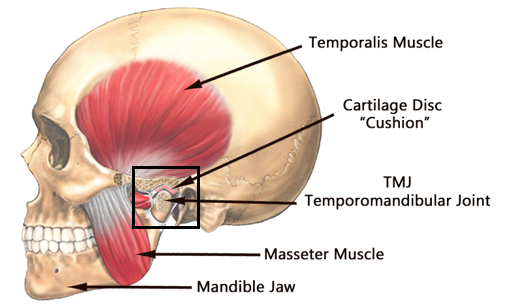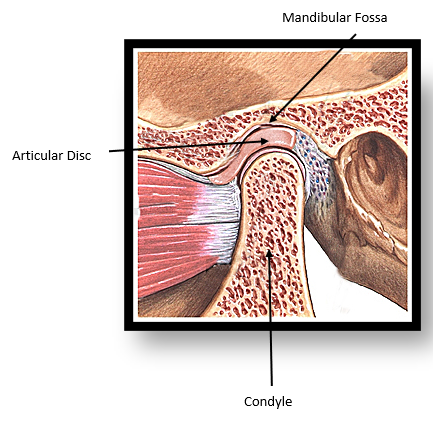TMJ TREATMENT
TMJ TREATMENT

According to the National Institute of Dental and Craniofacial Research, approximately 5 to 12 percent of people suffer from temporomandibular joint dysfunction, more commonly known as TemporoMandibular Disorder (TMD), which describes a variety of conditions affecting the joints, muscles, and nerves in the jaw.
What is TMJ?
TMJ is the joint that connects the lower and upper jaw. The term TMJ stands for Temporo-mandibular Joint. This is one of the most complex joints in the entire body, capable of forward and backward movement, rotations, and side-to-side movements. TMJ often refers to complications and problems with this joint. The actual term for problems with the TMJ is TMD or Temporomandibular Joint Dysfunction.
What causes TMD?
In many cases, the cause of the disorder is unknown. However, TMD may be caused by trauma, such as injury or dislocation, or an improper bite, which affects the chewing muscles. Stress and its related behaviors, like clenching the jaw or grinding the teeth, may aggravate the condition. TMD appears to be more common in women than men, though there is no consensus as to why that might be.
Some of the most common symptoms of TMD are:
- Jaw pain or soreness that is more prevalent in the morning or late afternoon
- Jaw pain associated with chewing, biting, or yawning
- Clicking noises when opening and closing the mouth
- Difficulty opening and closing the mouth
- Locking or stiffness of the jaw when talking, yawning, or eating
- Tooth sensitivity not associated with dental problems
- Headaches or neck pain
- An earache not associated with an ear infection
What causes TMD?
In many cases, the cause of the disorder is unknown. However, TMD may be caused by trauma, such as injury or dislocation, or an improper bite, which affects the chewing muscles. Stress and its related behaviors, like clenching the jaw or grinding the teeth, may aggravate the condition. TMD appears to be more common in women than men, though there is no consensus as to why that might be.
If you feel like you may have some or all of these symptoms, call today and schedule to hear what options are available to relieve your pain.

Dr. Andy Fuhriman © 2019 All Rights Reserved | Legal Notices – Sitemap | Website Design by Solution21


